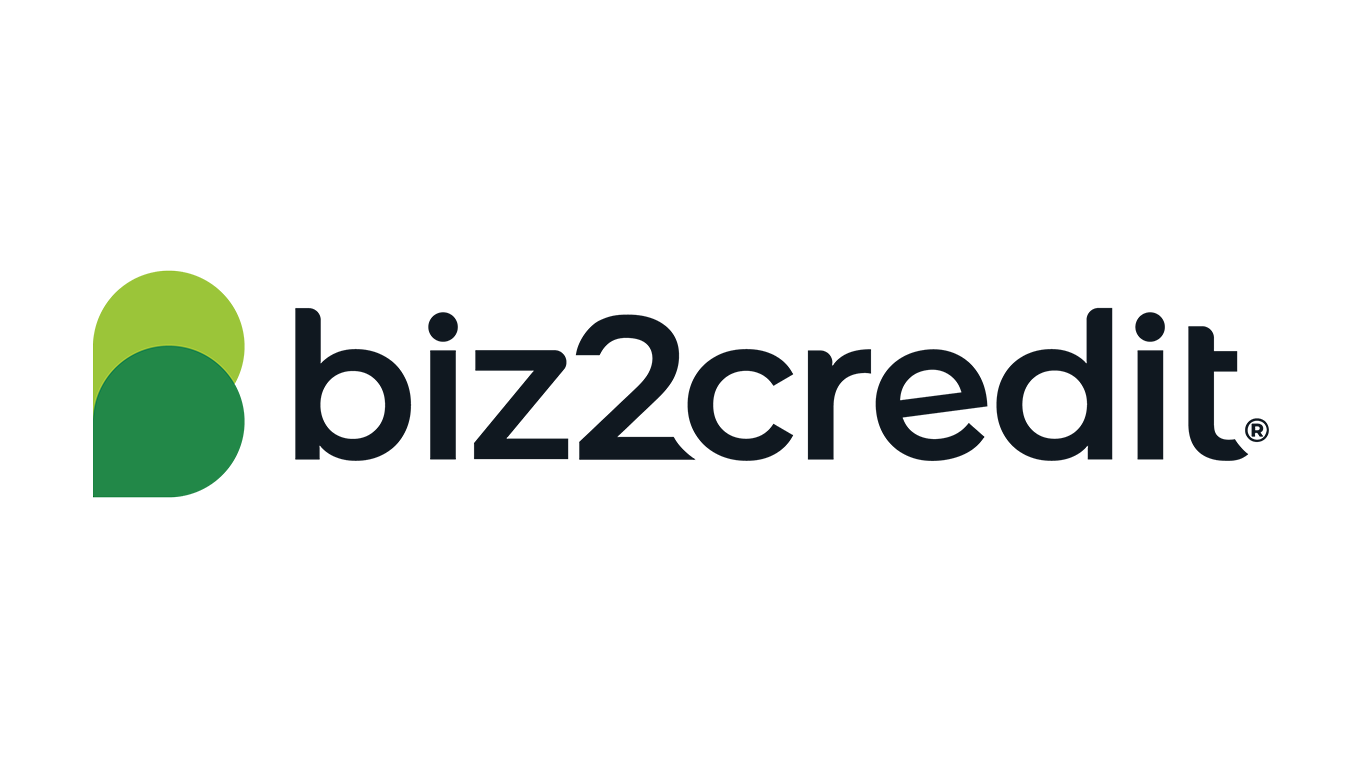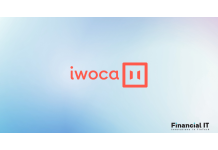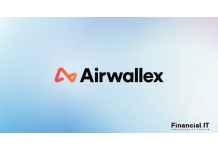Paysend Partners with JetBlue to Reward the Dominican...
- 28.11.2025 12:05 pm
MOIN Expands Strategic Partnership with Nium,...
- 28.11.2025 09:35 am
Governance, Financial Best Practices and a Well-...
- 28.11.2025 09:15 am
NatWest Signs Four University Partnerships to Fuel UK...
- 27.11.2025 09:35 am
Finom Launches Credit Lines in Germany
- 27.11.2025 09:10 am
Companies Overpaying on Employee Expenses by Up to 14%
- 24.11.2025 10:55 am
iwoca SME Expert Index: Three-Quarters of Finance...
- 24.11.2025 10:15 am
Capital.com Strengthens European Operations With...
- 24.11.2025 08:55 am
FCA Transaction Reporting Proposals to Save Firms £...
- 21.11.2025 02:25 pm
The Global Power of Sport: Bank of America Partners...
- 21.11.2025 12:55 pm
Qantas Business Money Introduces Yield Powered by...
- 20.11.2025 01:45 pm
One Inc Recognized as a Fastest Growing Company in...
- 20.11.2025 10:15 am






















